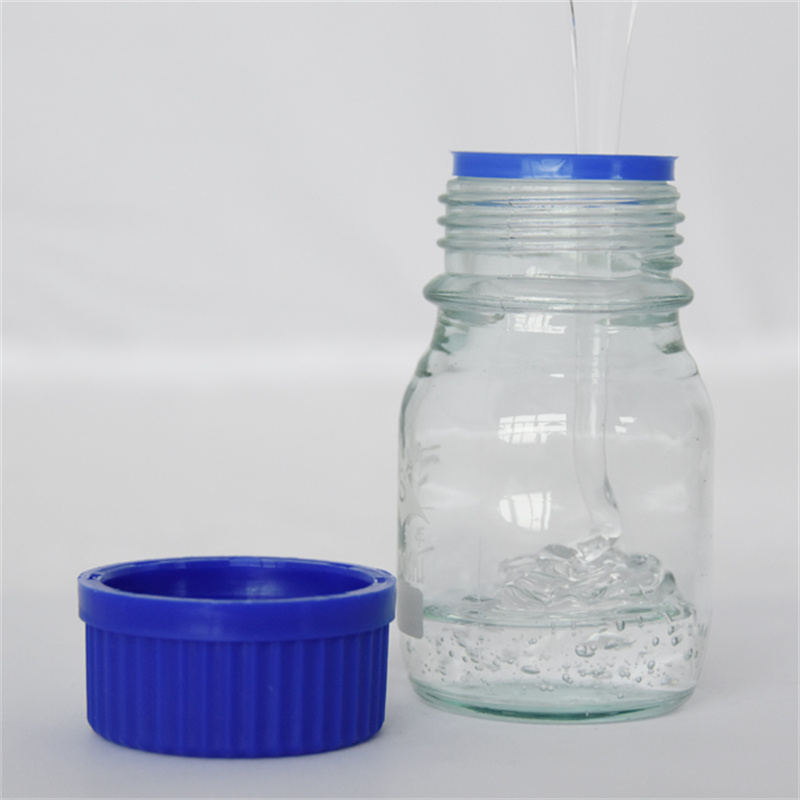Organic silicon materials have made breakthrough progress in the medical and health field due to their biocompatibility, chemical stability, and low toxicity. Liquid silicone rubber (LSR), as a typical representative, has been widely used in artificial organs, implantable medical devices, and drug delivery systems. For example, a silicone rubber heart valve developed by a certain enterprise has improved its anti fatigue performance by optimizing its molecular structure, and its service life has exceeded 20 years, approaching that of a natural human valve.

In the field of wound care, silicone dressings create a moist healing environment by forming a breathable membrane, reducing the healing time of chronic wounds by 40%. After adding vitamin E to a brand of silicon gel scar patch, it can inhibit the excessive deposition of collagen and improve the smoothness of the scar by 60%. In addition, as a drug carrier, organosilicon achieves targeted drug delivery and improves bioavailability by controlling pore size (10-100nm) and surface modification. After loading a certain anti-cancer drug with silica nanoparticles, the drug concentration in tumor tissue increased by 5 times and the systemic toxicity decreased by 70%.
However, the commercialization of silicone medical materials still faces challenges. Firstly, there are high regulatory barriers that require ISO 10993 biocompatibility testing and FDA 510 (k) certification, with a lead time of 2-3 years; Secondly, there is a high cost pressure, as the price of medical grade silicone rubber is 3-5 times that of industrial grade, which limits its promotion in primary healthcare; Thirdly, technological bottlenecks need to be overcome, such as the long-term integration of silicone rubber with human tissues and the controllability of drug carrier release, which still require further research.
http://https://www.ethylsilicone.com/
